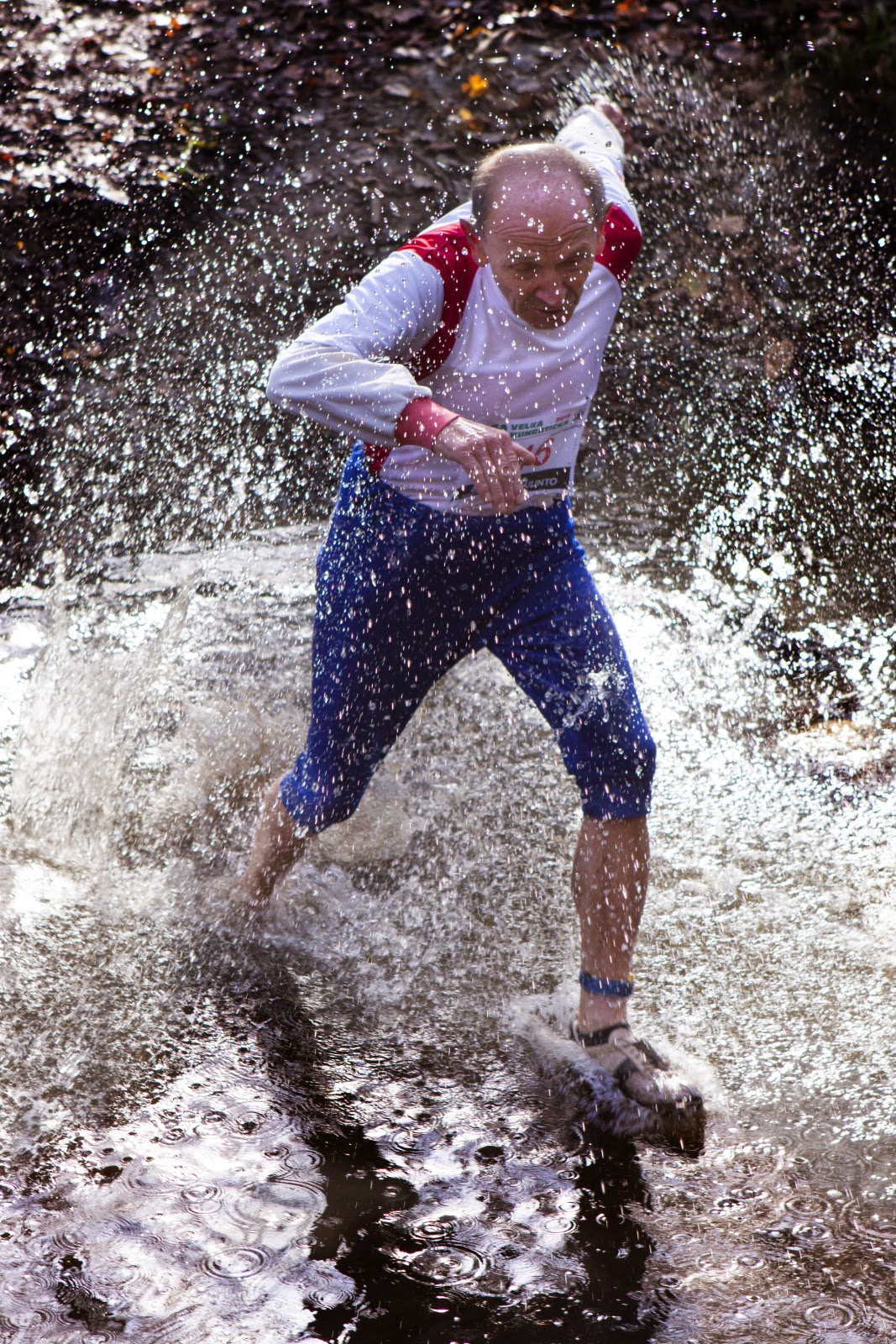A What should the teacher do?
- present text, images, sound, animations, video, links
- give the class a chance to think
- support creativity
- use the time wisely
- motivate the students
B What should we include?
- a functional combination of text, visual support and audio
- variability of all sorts
- empty space
- motivating activities (games)
- feedback
C Technical skills to be mastered:
- inserting text
- inserting images
- inserting audio
- inserting links
- locking
- grouping
- using layers - covering one object with another
- containing
- magical window
Promethean Planet: Examples of IWB tasks
Youtube tutorials
How to use Containers
Multiple Containers
How to make a magic box
Creating Action Objects
Magic revealer window
TIPS AND TRICKS:
Hidden content
How it works: if you click on object1, object2 (dis)appears
Go to Actions - find command Hidden/Skryté
Identify the target
Save the changes
Detailed instructions here:
https://www.youtube.com/watch?v=iGIVaZ4ScWs
USING CONTAINERS
1. Text to be moved:
Identification: Name = Panda
Contain: Return if not contained = True
2. Image or a space where to put the text/answer:
Can Contain = Specific object
Contain Object = (Select Object) Panda
Contain Rule = Completely contained
Česká verze:
1. Text (objekt), s nímž se bude pohybovat:
Identifikace: Název = Panda
Kontejner: Vrátit, pokud není obsaženo = Pravda
2. Objekt (obrázek), kam se text/odpověď přesouvá:
Může obsahovat = Konkrétní objekt
Obsažený objekt = (Vybrat objekt) Panda
Pravidlo pro obsah = Úplně obsaženo
Hiding objects in SMART: online help
To animate object in SMART:
- Select the object.
- If the Properties tab isn’t visible, press Properties .
- Press Object Animation.
- Select options in the Type, Direction, Speed, Occurs and Repeats drop-down lists.
Hiding objects using magic ink in Activ: youtube tutorial
Magic revealer window (Activ)
http://www.youtube.com/watch?v=fNYwDJ0ghkc
http://www.prometheanplanet.com/en/Download.aspx?ContentId=76847
1. Insert two images
2. Put one of them to the Top layer
3. Create a rectangle. Settings:
a. Margin (ohraničení) – cca 20
b. Výplň – Nic
4. Activate the magic ink. Fill in the rectangle.
5. Set the order of the resulting two objects (rectangle will be above the magic ink to make the margins smooth)
6. Group them together.
7. Check the order of the layers: Object (the rectangle), Pen (the magic ink) nad the upper image are in the upper layer in the mentioned order, the remaining image is in the middle layer.




